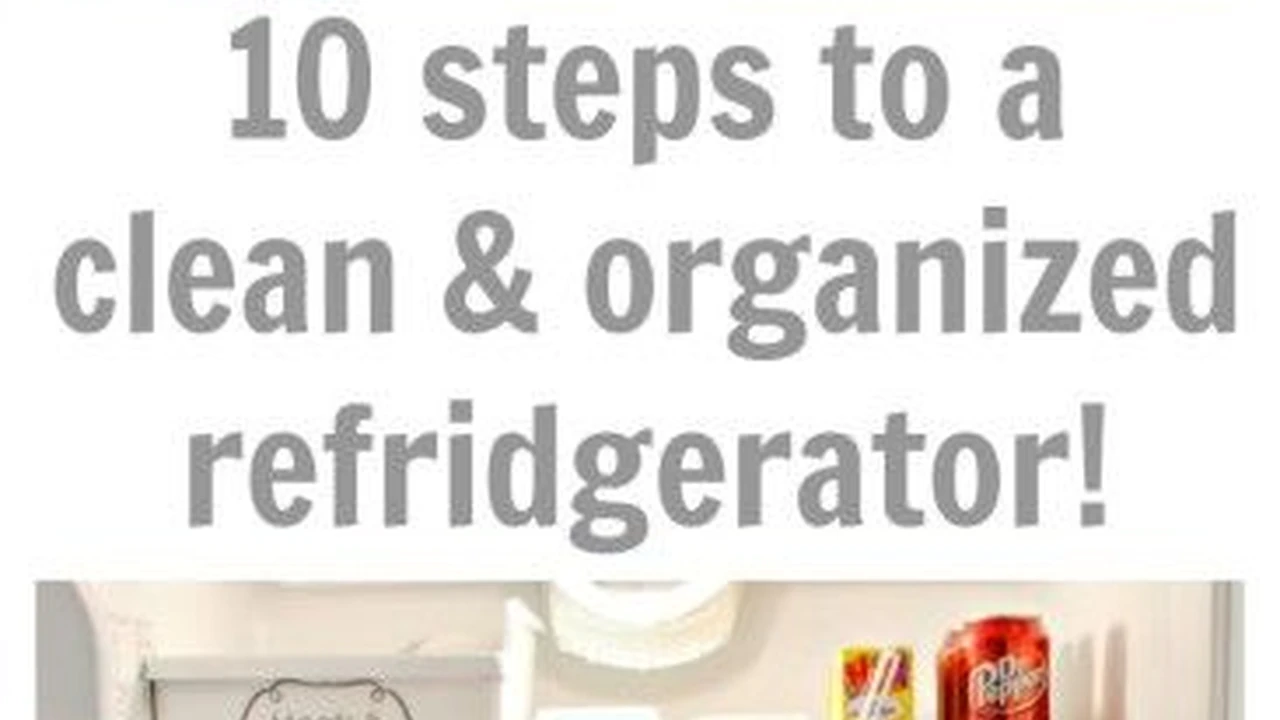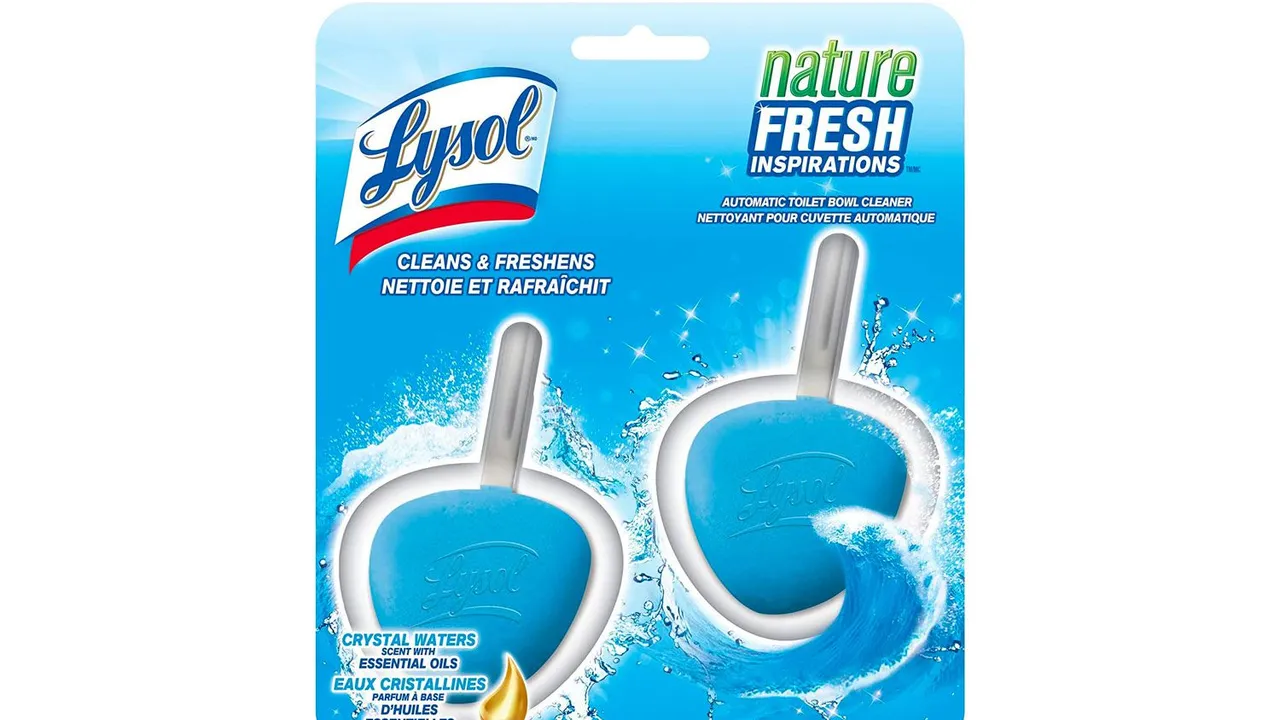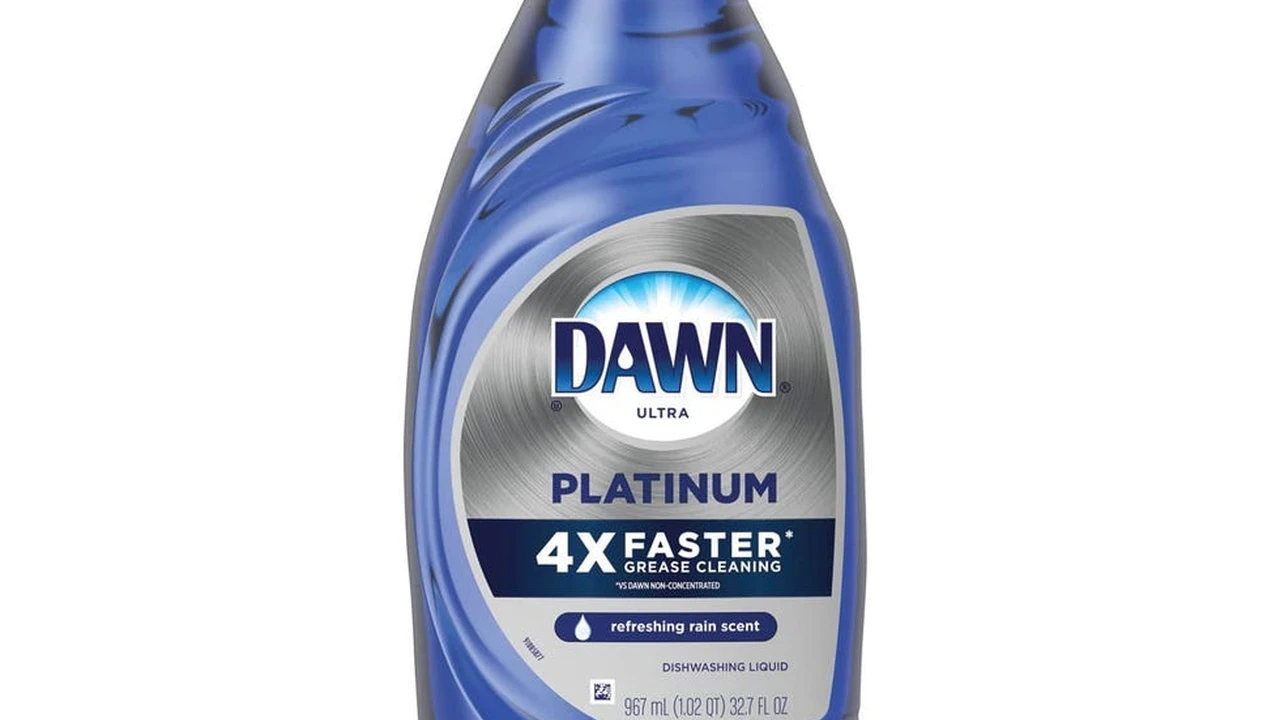How to Clean and Organize Your Refrigerator

Why a Clean Fridge Matters Your Guide to Food Safety and Freshness
Let's be honest, who actually likes cleaning their refrigerator? It's one of those chores that gets perpetually pushed to the back burner (pun intended!). But here's the thing: a clean and organized fridge isn't just about aesthetics. It's about your health, your wallet, and the overall freshness of your food. Think of it as a food safety bootcamp, right in your kitchen!
A dirty fridge is a breeding ground for bacteria like Listeria and Salmonella, which can lead to some pretty nasty food poisoning. Spoiled food lurking in the corners can contaminate other items, turning your leftovers into a potential health hazard. Plus, a disorganized fridge means you're more likely to forget about those delicious veggies hiding behind the milk carton, leading to food waste and wasted money. Nobody wants that!
So, before you reach for that takeout menu, let's dive into how to transform your fridge from a chaotic mess into a sparkling sanctuary of freshness. We'll cover everything from the initial clean-out to organizing strategies that will keep your food fresher for longer. Get ready to say goodbye to mystery smells and hello to a fridge that's both functional and fabulous!
The Ultimate Fridge Cleaning Checklist Getting Started
Alright, let's get down to business! Before you start scrubbing, you'll need to gather your supplies and prepare your workspace. This isn't a marathon, it's a sprint (sort of!). Here's your ultimate fridge cleaning checklist:
- Empty Containers: You'll need a couple of empty containers. One for throwing away spoiled food, and another for holding items you want to keep while you clean.
- Cleaning Supplies: You'll need some cleaning supplies. A mild dish soap, warm water, baking soda, white vinegar, and a microfiber cloth are your best friends here. Avoid harsh chemicals, as they can leave behind residue that could contaminate your food.
- Optional Supplies: A scrub brush or old toothbrush for those stubborn spots, paper towels, and a small bowl for soaking removable parts.
- Time: Set aside at least an hour, maybe more depending on the state of your fridge. Trust me, it's worth it!
Now that you've got your gear, it's time to unplug your fridge. This is crucial for safety and will also help prevent condensation from forming while you're cleaning. Once it's unplugged, remove all the food. Be ruthless! Anything that's past its prime or looks questionable goes straight into the trash container. Check expiration dates and don't be afraid to toss anything that's been lurking in the back for too long.
Next, remove all the removable parts: shelves, drawers, bins, and any other accessories. This will allow you to clean them thoroughly and also access those hard-to-reach areas inside the fridge. Place these parts in a sink or tub filled with warm, soapy water to soak while you tackle the interior.
Deep Cleaning Your Refrigerator Interior A Step by Step Guide
Now comes the fun part (okay, maybe not fun, but definitely satisfying!). Here's how to deep clean your refrigerator interior:
- Wash the Interior: Mix a solution of warm water and a few drops of mild dish soap. Use a microfiber cloth to wipe down all the interior surfaces, paying special attention to spills, stains, and sticky spots. For stubborn grime, make a paste of baking soda and water and let it sit for a few minutes before scrubbing.
- Tackle the Tough Spots: Use a scrub brush or old toothbrush to get into those hard-to-reach areas, like the corners of the shelves and the seals around the door. Don't forget to clean the light fixture and any other nooks and crannies.
- Rinse Thoroughly: Once you've scrubbed everything clean, rinse the interior with a clean, damp cloth to remove any soap residue. Make sure to dry everything thoroughly with a clean towel to prevent mildew from forming.
- Deodorize: To neutralize any lingering odors, place an open box of baking soda in the fridge. You can also use a cotton ball soaked in vanilla extract or a few slices of lemon to freshen things up.
Cleaning Shelves and Drawers Expert Tips
While the fridge interior is drying, it's time to tackle those shelves and drawers. Here's how to get them sparkling clean:
- Wash and Rinse: Remove the shelves and drawers from the soapy water and scrub them clean with a sponge or scrub brush. Rinse them thoroughly with clean water to remove any soap residue.
- Sanitize: For extra sanitation, you can wipe the shelves and drawers with a solution of white vinegar and water. Vinegar is a natural disinfectant that will kill bacteria and leave your shelves smelling fresh.
- Dry Completely: Before putting the shelves and drawers back in the fridge, make sure they are completely dry. This will prevent water from dripping and creating a mess.
Organizing Your Fridge Like a Pro Maximizing Space and Minimizing Waste
Now that your fridge is clean, it's time to organize it! A well-organized fridge not only looks better, but it also helps you save money and reduce food waste. Here are some tips for organizing your fridge like a pro:
- Zone Your Fridge: Divide your fridge into zones based on temperature and food type. The top shelf is typically the warmest, so it's a good place for leftovers, drinks, and ready-to-eat foods. The middle shelves are ideal for dairy products, eggs, and cheeses. The bottom shelves are the coldest, so they're perfect for raw meat, poultry, and fish.
- Use Clear Containers: Clear containers are your best friend when it comes to fridge organization. They allow you to see what's inside without having to rummage around, which helps you avoid forgetting about food and letting it go bad.
- Label Everything: Label your containers with the contents and the date you stored them. This will help you keep track of what you have and when it needs to be used.
- Store Produce Properly: Different types of produce require different storage conditions. Some produce, like lettuce and spinach, should be stored in a plastic bag with a damp paper towel to keep it crisp. Other produce, like tomatoes and avocados, should be stored at room temperature until they're ripe, then moved to the fridge.
- Front to Back Rule: When stocking your fridge, always place the oldest items in the front and the newest items in the back. This will help you use up the older items first and prevent them from going bad.
Product Recommendations for Fridge Cleaning and Organization Best Buys
Okay, let's talk products! There are tons of cleaning and organizing tools out there, but these are some of my personal favorites:
- Microfiber Cloths: These are a must-have for any cleaning task. They're super absorbent, gentle on surfaces, and reusable. I recommend the AmazonBasics Microfiber Cleaning Cloths (around $15 for a pack of 36).
- Baking Soda: A classic for a reason! Baking soda is a natural deodorizer and gentle abrasive that's perfect for scrubbing away stubborn stains. Arm & Hammer Baking Soda is a reliable and affordable option (around $2 for a box).
- White Vinegar: Another cleaning powerhouse! White vinegar is a natural disinfectant and degreaser that can be used to clean everything from shelves to drawers. Heinz White Vinegar is a pantry staple (around $3 for a gallon).
- Clear Storage Containers: These are essential for organizing your fridge and keeping your food fresh. I love the Rubbermaid Brilliance Food Storage Containers (around $30 for a set of 5). They're airtight, leak-proof, and crystal clear.
- Lazy Susans: These are perfect for organizing condiments and other small items. They allow you to easily see and access everything without having to reach to the back of the fridge. The mDesign Plastic Lazy Susan Turntable is a great option (around $15).
Product Comparison Choosing the Right Tools for the Job
With so many products on the market, it can be tough to know which ones are right for you. Here's a quick comparison of some popular options:
- Microfiber Cloths vs. Paper Towels: Microfiber cloths are more absorbent, reusable, and environmentally friendly than paper towels. While paper towels are convenient, they can be wasteful and expensive in the long run.
- Baking Soda vs. Chemical Cleaners: Baking soda is a natural and non-toxic cleaner that's safe for use around food. Chemical cleaners can be harsh and leave behind residue that could contaminate your food.
- Clear Plastic Containers vs. Glass Containers: Clear plastic containers are lightweight, durable, and shatterproof. Glass containers are more eco-friendly and won't absorb odors or stains. Choose the option that best suits your needs and preferences.
Cleaning Frequency Maintaining a Spotless Fridge
How often should you clean your fridge? It depends on your lifestyle and how much food you store. Here's a general guideline:
- Weekly: Wipe up spills and crumbs as they occur. Check expiration dates and toss any food that's past its prime.
- Monthly: Do a more thorough cleaning, including wiping down all the interior surfaces and cleaning the shelves and drawers.
- Quarterly: Do a deep clean, including unplugging the fridge, removing all the food, and cleaning every nook and cranny.
Troubleshooting Common Fridge Problems Odors, Leaks, and More
Even with regular cleaning, you might encounter some common fridge problems. Here's how to troubleshoot them:
- Odors: Place an open box of baking soda in the fridge to absorb odors. You can also try placing a cotton ball soaked in vanilla extract or a few slices of lemon.
- Leaks: Check the drain hole in the back of the fridge to make sure it's not clogged. If it is, use a pipe cleaner or cotton swab to clear it out.
- Ice Buildup: Make sure the door is sealing properly. If it's not, try cleaning the seals or replacing them.
- Temperature Problems: Check the temperature setting on your fridge. It should be set to around 37-40 degrees Fahrenheit. If the temperature is too high or too low, adjust the setting accordingly.
So there you have it! Everything you need to know to clean and organize your refrigerator like a pro. Remember, a clean fridge is a happy fridge (and a happy you!). Now get out there and start scrubbing!
:max_bytes(150000):strip_icc()/277019-baked-pork-chops-with-cream-of-mushroom-soup-DDMFS-beauty-4x3-BG-7505-5762b731cf30447d9cbbbbbf387beafa.jpg)






